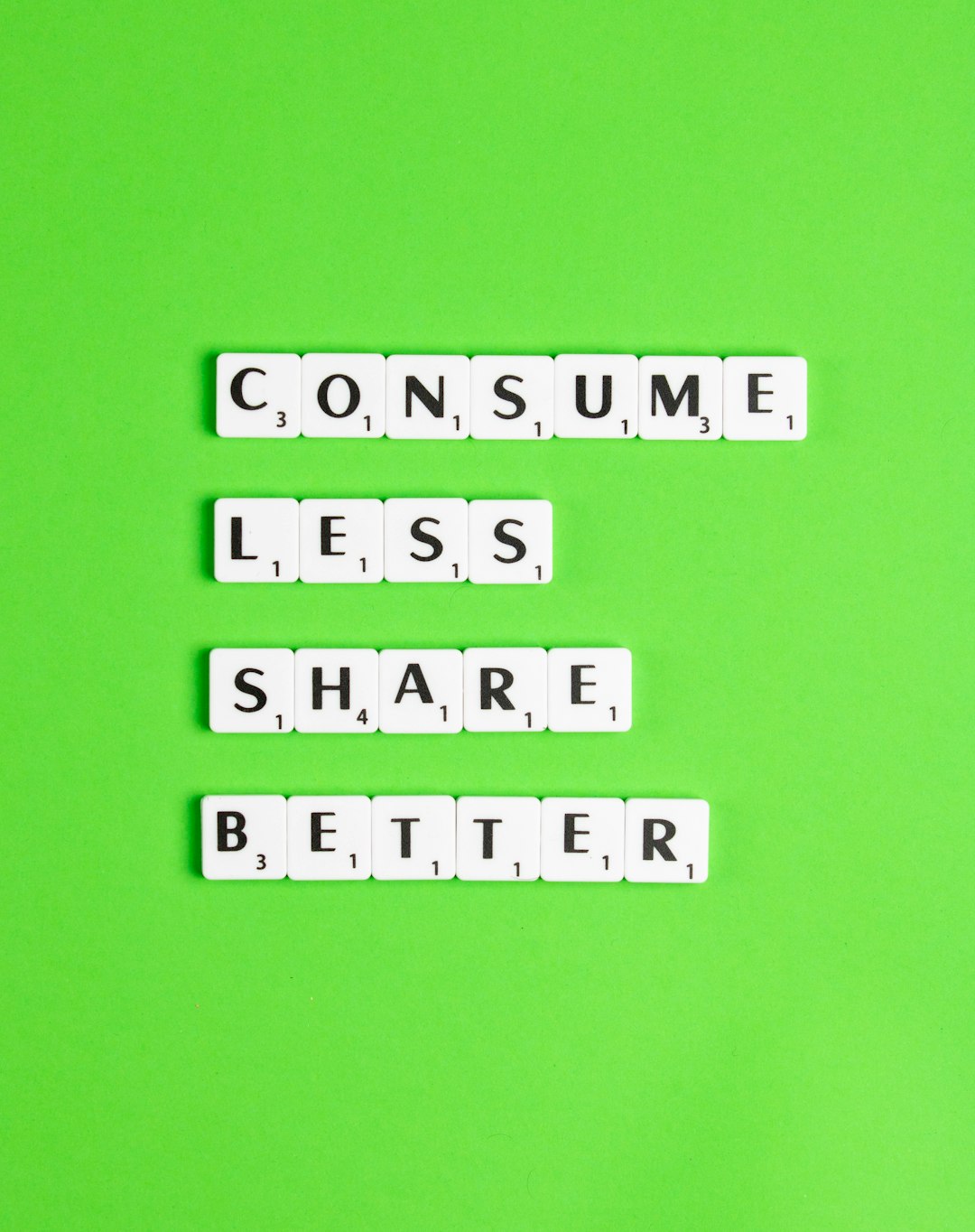Ever filled out a form online, then had someone follow up immediately, knowing exactly what you were interested in? Magic? Nope. That’s a well-integrated system working behind the scenes. Welcome to the powerful and surprisingly fun world of CRM-ready forms.
Let’s break it down. When someone visits your site from an ad or campaign, they carry some invisible tags with them—like a trail of breadcrumbs. These “tags” are called UTM parameters and GCLID. Capturing this info and sending it to your CRM can supercharge your marketing follow-ups.
What Does CRM-Ready Mean?
A CRM-ready form is just a regular web form that collects extra info about a visitor and shares it with your CRM (Customer Relationship Management) system. Instead of just name and email, it captures:
- UTM Parameters: These tell you where your lead came from (like a Facebook ad or a newsletter).
- GCLID: This is a special code from Google Ads that helps track conversions.
- Landing Page URL: This shows what page they landed on first.
Your marketing and sales teams will love you for this data. It helps them understand what’s working and what’s not.
Why Should You Care?
Here’s the thing—ad platforms, like Google and Facebook, spend your money fast. If you’re not tracking how those leads perform, you’re flying blind.
Passing UTM, GCLID, and landing page data into your CRM helps with:
- Targeting better ads
- Understanding which campaigns work
- Attributing revenue properly
- Measuring ROI (Return On Investment)
More data = smarter decisions. That’s the magic formula.
Let’s say you’re running two ad campaigns. One is expensive but leads to sales. The other is cheap but leads go nowhere. If your form sends campaign source data into your CRM, you can see the difference clearly.
Understanding UTM Parameters
UTMs are just tags added to the end of URLs. They look like this:
https://example.com/?utm_source=facebook&utm_medium=ad&utm_campaign=sale
Each part tells you something:
- utm_source: Where the visitor came from (e.g., Facebook)
- utm_medium: The type of traffic (e.g., ad, email)
- utm_campaign: Which campaign it belongs to
There are more like utm_term and utm_content, for keyword and ad variation. All this helps you analyze what drives results.

What is GCLID?
GCLID stands for Google Click Identifier. It’s a unique string Google Ads attaches to URLs when someone clicks an ad. If your form captures it, you can match the lead to the exact ad click that brought them in.
It looks like this:
https://example.com/?gclid=EAIaIQobChMI...
This lets you track conversions in Google Ads, down to the keyword and creative.
Cool, right? But only if you catch the GCLID and pass it through your form.
Don’t Forget the Landing Page!
Many marketers skip this, but knowing exactly which page someone landed on matters. Imagine someone lands on your “Free Trial” vs. “Enterprise Demo” page. That changes everything.
You can:
- Send them to different sales teams
- Send custom follow-up emails
- Tailor your CRM workflows

How to Capture the Data
Let’s talk about capturing and storing that sweet, sweet data.
1. Use Hidden Fields in Your Forms
Add fields that are invisible to users but get filled in by the browser or script. Here’s an example:
<input type="hidden" name="utm_source" id="utm_source">
<input type="hidden" name="utm_medium" id="utm_medium">
<input type="hidden" name="utm_campaign" id="utm_campaign">
<input type="hidden" name="gclid" id="gclid">
<input type="hidden" name="landing_page" id="landing_page">
Your site should then automatically populate those fields using JavaScript or your form platform.
2. Store Values in Cookies
Why cookies? Because a user might browse around for a while before filling out a form. If you store UTM and GCLID in cookies, your form can still retrieve them later.
You could use a simple script to detect URL parameters and save them like this:
// Basic example to store UTM in cookies
function getUTMParameter(name) {
const urlParams = new URLSearchParams(window.location.search);
return urlParams.get(name);
}
document.cookie = "utm_source=" + getUTMParameter('utm_source');
This is just the start—more complex versions exist, or you can use tools like Google Tag Manager to help.
3. Pass Data into Your CRM
This part depends on your form platform. If you use:
- HubSpot: They have built-in support for hidden fields and auto-population
- Marketo: You’ll need to use hidden fields plus some custom JavaScript
- Salesforce: Web-to-Lead forms can accept hidden fields easily
- Zapier: Great for routing data from web forms to the right CRM
The goal is to capture all collected UTM, GCLID, and landing page values and submit them along with the lead information.
Best Practices for CRM-Ready Forms
- Keep fields standardized. Always use the same names for UTM fields across forms.
- Validate values. Prevent spam submissions and bad data.
- Use friendly names in CRM. For example, map “utm_source” to “Lead Source” in your CRM so sales teams can understand it easily.
- Test your forms. Use browser tools or test links to ensure data is captured correctly.
This isn’t “set it and forget it.” Review your data regularly and tweak as campaigns evolve.
Final Thoughts
Forms are your digital handshake. They’re where anonymous visitors turn into leads. A CRM-ready form upgrades that handshake into a smart greeting, backed by all the behind-the-scenes info your marketing team could ever dream of.
By capturing UTM parameters, GCLID, and landing pages, you’re unlocking a data-powered rocket fuel for your CRM system. It’s not hard—just a few tweaks and a little testing.
With this approach, your ads get smarter, your CRM gets richer, and your follow-ups get more targeted. Pure win.
Now go upgrade those forms. Your future marketing self will thank you.







